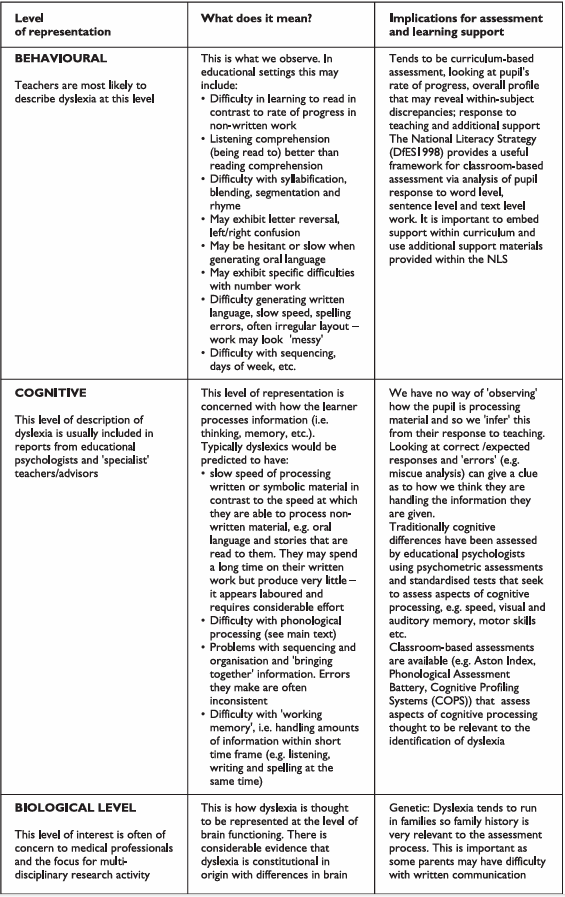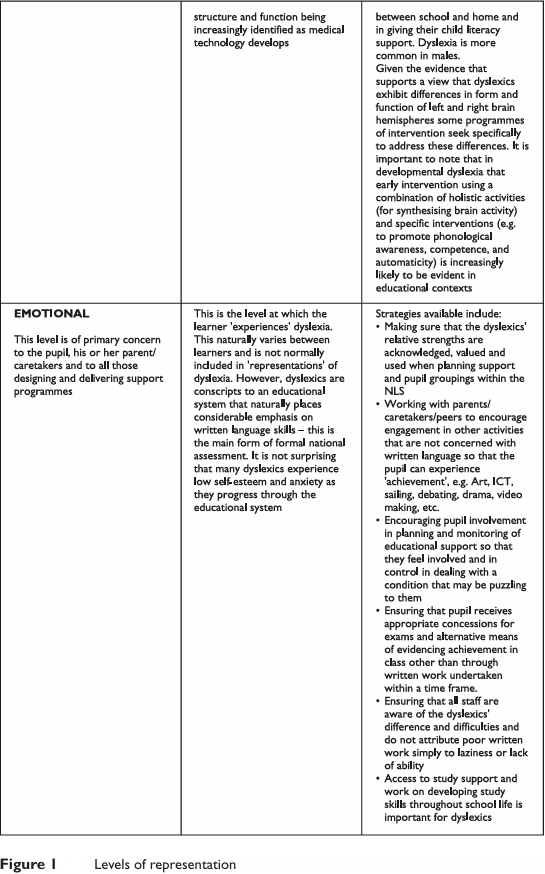

Grammar


Tenses


Present

Present Simple

Present Continuous

Present Perfect

Present Perfect Continuous


Past

Past Simple

Past Continuous

Past Perfect

Past Perfect Continuous


Future

Future Simple

Future Continuous

Future Perfect

Future Perfect Continuous


Parts Of Speech


Nouns

Countable and uncountable nouns

Verbal nouns

Singular and Plural nouns

Proper nouns

Nouns gender

Nouns definition

Concrete nouns

Abstract nouns

Common nouns

Collective nouns

Definition Of Nouns

Animate and Inanimate nouns

Nouns


Verbs

Stative and dynamic verbs

Finite and nonfinite verbs

To be verbs

Transitive and intransitive verbs

Auxiliary verbs

Modal verbs

Regular and irregular verbs

Action verbs

Verbs


Adverbs

Relative adverbs

Interrogative adverbs

Adverbs of time

Adverbs of place

Adverbs of reason

Adverbs of quantity

Adverbs of manner

Adverbs of frequency

Adverbs of affirmation

Adverbs


Adjectives

Quantitative adjective

Proper adjective

Possessive adjective

Numeral adjective

Interrogative adjective

Distributive adjective

Descriptive adjective

Demonstrative adjective


Pronouns

Subject pronoun

Relative pronoun

Reflexive pronoun

Reciprocal pronoun

Possessive pronoun

Personal pronoun

Interrogative pronoun

Indefinite pronoun

Emphatic pronoun

Distributive pronoun

Demonstrative pronoun

Pronouns


Pre Position


Preposition by function

Time preposition

Reason preposition

Possession preposition

Place preposition

Phrases preposition

Origin preposition

Measure preposition

Direction preposition

Contrast preposition

Agent preposition


Preposition by construction

Simple preposition

Phrase preposition

Double preposition

Compound preposition

prepositions


Conjunctions

Subordinating conjunction

Correlative conjunction

Coordinating conjunction

Conjunctive adverbs

conjunctions


Interjections

Express calling interjection

Phrases

Sentences


Grammar Rules

Passive and Active

Preference

Requests and offers

wishes

Be used to

Some and any

Could have done

Describing people

Giving advices

Possession

Comparative and superlative

Giving Reason

Making Suggestions

Apologizing

Forming questions

Since and for

Directions

Obligation

Adverbials

invitation

Articles

Imaginary condition

Zero conditional

First conditional

Second conditional

Third conditional

Reported speech

Demonstratives

Determiners


Linguistics

Phonetics

Phonology

Linguistics fields

Syntax

Morphology

Semantics

pragmatics

History

Writing

Grammar

Phonetics and Phonology

Semiotics


Reading Comprehension

Elementary

Intermediate

Advanced


Teaching Methods

Teaching Strategies

Assessment
What is dyslexia? controversy and consensus
المؤلف:
Janet Tod and Sue Soan
المصدر:
Additional Educational Needs
الجزء والصفحة:
P191-C13
2025-04-29
758
What is dyslexia? controversy and consensus
The question ‘What is dyslexia?’ has resulted in considerable debate since the condition was described by W.R. Gowers in 1893 as ‘a cerebral symptom … a peculiar intermitting difficulty in reading’. There are now a number of definitions available in the literature including:
Dyslexia is one of several distinct learning disabilities. It is a specific language-based disorder of constitutional origin characterized by difficulties in single word decoding, usually reflecting insufficient phonological processing. These difficulties in single word decoding are often unexpected in relation to age and other cognitive and academic abilities; they are not the result of generalized developmental disability or sensory impairment. Dyslexia is manifest by variable difficulty with different forms of language, often including, in addition to problems with reading, a conspicuous problem with acquiring proficiency in writing and spelling. (The Orton Dyslexia Society Research Committee, April 1994)
This can be contrasted to the following definition:
Dyslexia is best described as a combination of abilities and difficulties, which affect the learning process in one or more of reading, spelling, writing and sometimes numeracy. Accompanying weaknesses may be identified in areas of speed of processing, short term memory, sequencing, auditory and/or visual perception, spoken language and motor skills. Some children have outstanding creative skills, others have strong oral skills, yet others have no outstanding talents; they all have strengths.
Dyslexia occurs despite normal intellectual ability and conventional teaching; it is independent of socioeconomic or language background. (Peer, 2000)
A working party from the Division of Educational and Child Psychology of the British Psychological Society (BPS) produced this definition:
Dyslexia is evident when accurate and fluent word reading and/or spelling develops very incompletely or with great difficulty. This focuses on literacy learning at the word level and implies that the problem is severe and persistent despite appropriate learning opportunities. (BPS, 1999:18)
Discussion
■ How do these definitions compare with your own understanding of dyslexia?
■ To what extent do the definitions agree about the cause and symptoms of dyslexia?
■ Do these definitions help you to support learners with dyslexia in your educational setting?


As can be seen from the exemplar definitions, there are some elements of consensus about dyslexia that may help those new to the field to understand learners who experience dyslexia. It is important to understand that dyslexic learners are individuals and although they may share some common features of dyslexia, there are wide individual differences. It may be that one learner only exhibits mild difficulties and can have their learning needs met within the context of the mainstream environment, while another learner with dyslexia may require an Individual Education Plan (IEP) in order to secure provision that is ‘additional to or different from’ that provided for their peers (DfES, 2001b: Section 6:59). In looking at the definitions of dyslexia, it can be seen that dyslexia is represented at different levels. These are consistent with the schema described by Morton and Frith in 1993 and 1995. In order to understand dyslexia, it may be helpful to consider ‘levels’ of representation and how they impact upon assessment and learning support for dyslexic learners (Figure 1).
Clearly, dyslexia is not ‘experienced’ at all these separate levels but the level at which dyslexia is represented often influences the choice of support program/ intervention, e.g. a parent may choose to build his/her child’s confidence or may see that he/she needs to ‘protect her child from failure’ by seeking a special school placement whereas a teacher may concentrate on delivering additional support for word level work. The next topic examines in more detail the two levels of representation of dyslexia, biological and cognitive, that impact upon the behavioral level of dyslexia.
 الاكثر قراءة في Teaching Strategies
الاكثر قراءة في Teaching Strategies
 اخر الاخبار
اخر الاخبار
اخبار العتبة العباسية المقدسة

الآخبار الصحية















 قسم الشؤون الفكرية يصدر كتاباً يوثق تاريخ السدانة في العتبة العباسية المقدسة
قسم الشؤون الفكرية يصدر كتاباً يوثق تاريخ السدانة في العتبة العباسية المقدسة "المهمة".. إصدار قصصي يوثّق القصص الفائزة في مسابقة فتوى الدفاع المقدسة للقصة القصيرة
"المهمة".. إصدار قصصي يوثّق القصص الفائزة في مسابقة فتوى الدفاع المقدسة للقصة القصيرة (نوافذ).. إصدار أدبي يوثق القصص الفائزة في مسابقة الإمام العسكري (عليه السلام)
(نوافذ).. إصدار أدبي يوثق القصص الفائزة في مسابقة الإمام العسكري (عليه السلام)


















